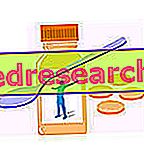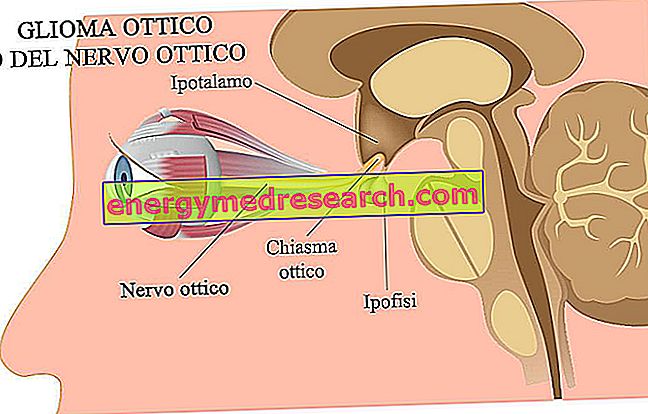Generality
When we talk about decongestant drugs, we generally refer to all those active ingredients used in medicine to counter nasal congestion .

The main causes of the stuffy nose may reside in pathological conditions, such as colds, allergies, nasal polyps, sinusitis, etc.
Nasal congestion can create more or less marked situations of discomfort, for this reason - in addition to the treatment of the primary cause that caused the symptom - it may be useful to resort to the use of decongestant drugs that can give relief to the patient.
Active ingredients and routes of administration
Most decongestant drugs that are used to counteract the annoying stuffy nose symptom are available in the form of topical pharmaceutical preparations ( nasal sprays ), although some of them can also be found in formulations for oral use.
Commonly used decongestant drugs are active ingredients with direct sympathomimetic activity. More precisely, these molecules exert an agonist action against alpha-1 adrenergic receptors.
Among these decongestant drugs, the most used are:
- Ephedrine (Argotone®).
- Phenylephrine (Tachifludec®), this active ingredient is available in pharmaceutical formulations for both topical and oral use. Furthermore, phenylephrine is also used in ophthalmology, where it is used as a mydriatic agent.
- Naphazoline (Rinazina®, Imidazyl Antistaminico®, Collirio Alfa®, Indaco®); naphazoline is used as a decongestant of both the nasal mucosa and the ocular mucosa, for this reason, it is available in pharmaceutical formulations such as nasal sprays and eye drops.
- Xilometazoline (Actigrip nasale ®, Otrivin®, Argotone nasal decongestant®), also in this case, xylometazoline is an active ingredient used as both nasal and ocular decongestant.
- Oxymetazoline (Actifed nasale®, Vicks Sinex®).
Most of these decongestant drugs can be found in pharmaceutical preparations either alone, or in association with other active ingredients with properties similar to theirs, or in association with antihistamine, antibacterial or antipyretic drugs (such as, for example, paracetamol ).
Action mechanism
As stated above, the decongestant drugs commonly used are alpha-1 adrenergic receptor agonists.
Thanks to this activity, these active ingredients are able to induce a constriction of the smooth muscles of the blood vessels present in the nasal mucosa. In doing so, the decongestants reduce the local blood flow, consequently also reducing the swelling that characterizes the state of nasal congestion and favoring the patency of the upper airways.
Side effects
Generally, decongestant drugs are well tolerated and cause side effects in rare cases. However, the main side effects that can occur are: headache, hypertension, tachycardia and insomnia.
Furthermore, following the abuse and use of the aforementioned decongestant drugs for long periods of time, a sort of paradoxical effect can occur which causes a worsening of the symptoms of the stuffy nose.



